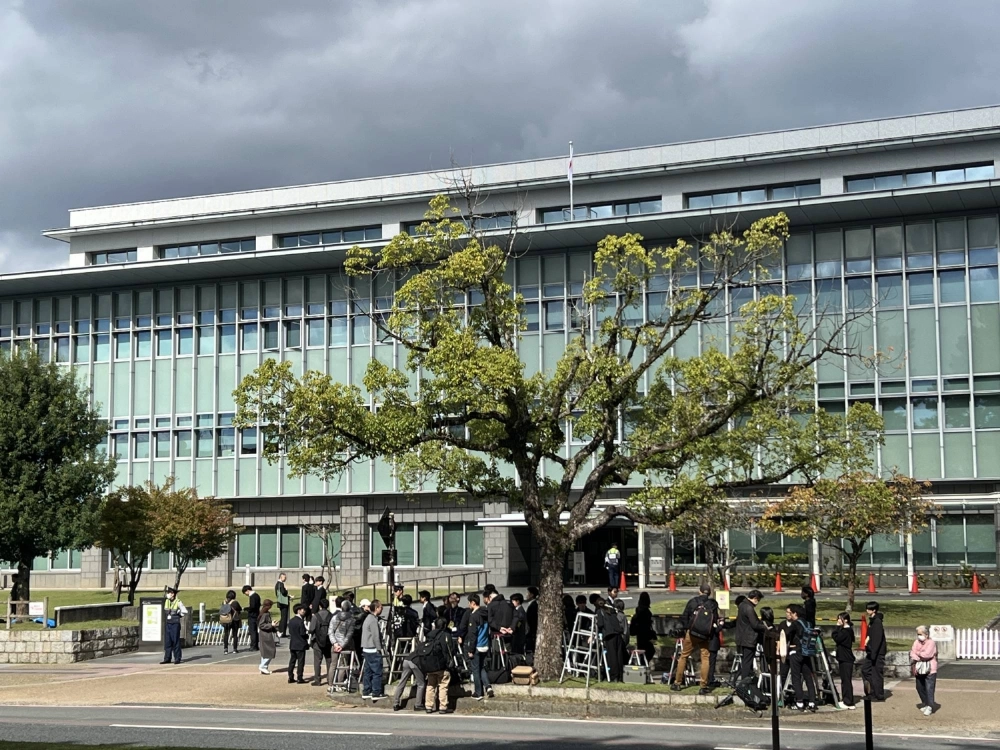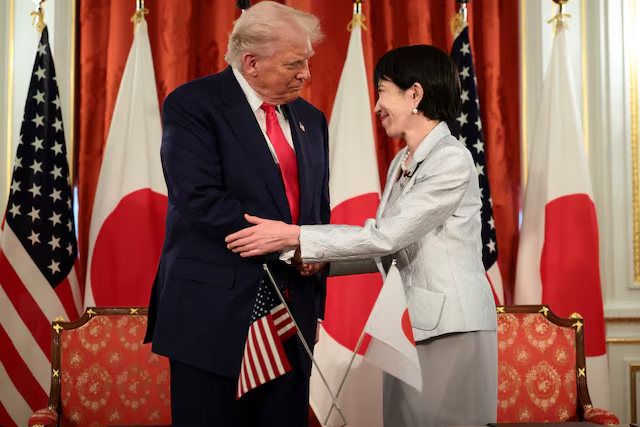Global attention is fixed on the upcoming meeting between U.S. President Donald Trump and Chinese President Xi Jinping, a critical moment that could redefine the world’s most important economic relationship. With both leaders facing mounting domestic and international pressure, the talks are expected to determine the next phase of the ongoing trade standoff between Washington and Beijing.
The meeting, set to take place during the Asia-Pacific Economic Cooperation (APEC) Summit in South Korea, will mark the first in-person discussion between the two leaders since Trump’s return to office. It comes at a time when tariffs, export restrictions, and strategic rivalries have created deep uncertainty across global markets.
Rising Economic Tensions
Over the past year, the United States has tightened its restrictions on Chinese technology firms, particularly those involved in semiconductors, artificial intelligence, and advanced manufacturing. In response, China has implemented new export controls on rare earth minerals—materials critical for electronics, defense, and renewable energy production.
The result has been a renewed trade war that threatens global supply chains and fuels inflationary pressures in both countries. U.S. officials accuse China of manipulating trade policies to maintain unfair advantages, while Beijing argues that Washington’s restrictions are an attempt to contain its technological rise.
What Each Side Wants
President Trump has signaled optimism, telling reporters he expects a “great deal” to emerge from the meeting. His administration is pushing for China to remove export barriers and increase purchases of American goods, particularly agricultural products, as part of efforts to rebalance trade.
On the other hand, President Xi is expected to seek assurances that the U.S. will ease sanctions on Chinese firms and allow greater access to advanced technologies. Beijing’s strategy appears focused on projecting strength while avoiding escalation that could further damage its economy.
Global Impact
The stakes extend far beyond the two superpowers. Economists warn that prolonged friction between the U.S. and China could weaken global economic growth, disrupt supply chains, and drive up prices for essential goods from electronics to electric vehicles. Markets across Asia, Europe, and North America are watching closely for any signal of compromise.
In South Asia and the Pacific, governments are assessing how shifts in trade policy could affect their own economies. Countries like Vietnam, India, and Malaysia have benefited from companies relocating production away from China—but increased tariffs and export controls could still ripple through regional markets.
Analysts Cautious About Breakthroughs
Experts caution that while both leaders may strike a conciliatory tone, any concrete resolution is unlikely in the short term. The U.S.–China relationship has evolved beyond trade disputes into a broader contest for technological dominance and geopolitical influence.
Key points of friction—such as the status of Taiwan, control over microchip technology, and military posturing in the South China Sea—remain unresolved. Even a temporary easing of tariffs would not address these deeper strategic rifts.
A Moment of Global Consequence
As Trump and Xi prepare to meet, the world watches a delicate balancing act unfold: economic rivalry intertwined with the need for cooperation. Both leaders face the challenge of demonstrating strength to domestic audiences while preventing a full-scale economic breakdown.
The outcome of their meeting could influence global trade patterns, shape technological alliances, and determine how the next chapter of U.S.–China relations will unfold. Whether it leads to progress or further confrontation, the talks underscore the fragile state of global stability in an era defined by competition and uncertainty.
















Leave a Reply